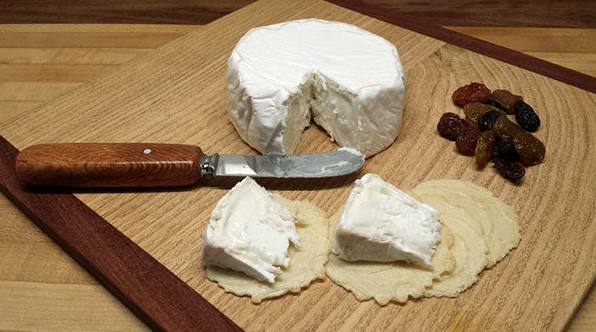This is the VOA Special English AGRICULTURE REPORT.
Camels have carried people and their goods for centuries. However, camels do more than provide transportation across deserts.
People in desert areas use camel hair to make rugs, temporary housing and clothes. They burn the solid waste from the animals for fuel. People also use camels for meat and milk in areas where growing food is difficult.
However, camel milk is rarely made into cheese, a food made from the milk of other animals. One reason is that camel milk is more difficult to curdle or thicken than other kinds of milk. The United Nations Food and Agriculture Organization is helping people solve the problem.
The main goal in cheese-making is to get the milk to form curds and whey. Curd is a soft substance made from treated milk. The curd contains a liquid called whey. The whey must be expelled from the curd before cheese is made.
Modern cheese-making methods help the curdling process by adding a bacterial substance or starter. The starter produces lactic acid and rennet, a substance from cows that contains a special enzyme.The enzyme speeds up the separation of liquids and solids. Camel milk is different from other kinds of milk because traditional rennet does not affect it.
F-A-O officials say fifty percent of camel milk is wasted in some cultures because people use it only as a fresh drink. They say making cheese is a way to save milk and create a product for use in trade.
Several years ago, the F-A-O ordered a study of the problem. J.P.Ramet is a French agricultural expert. Mister Ramet carried out experiments in Saudi Arabia and Tunisia. He found a way to curdle camel milk by adding the chemical calcium phosphate and vegetable rennet.
The next step was to see how camel cheese production might work.In Nineteen-Ninety-Four, the F-A-O began assisting a milk production center in Mauritania with camel cheese production. F-A-O officials provided technical help and machinery. The milk center successfully produced camel cheese. However, many Mauritanians are not used to eating cheese. So only small amounts of the camel cheese are being sold in Mauritania’s capital.
F-A-O officials believe the technology for making camel cheesecould help many people in desert areas.
This VOA Special English AGRICULTURE REPORT was written by George Grow.
